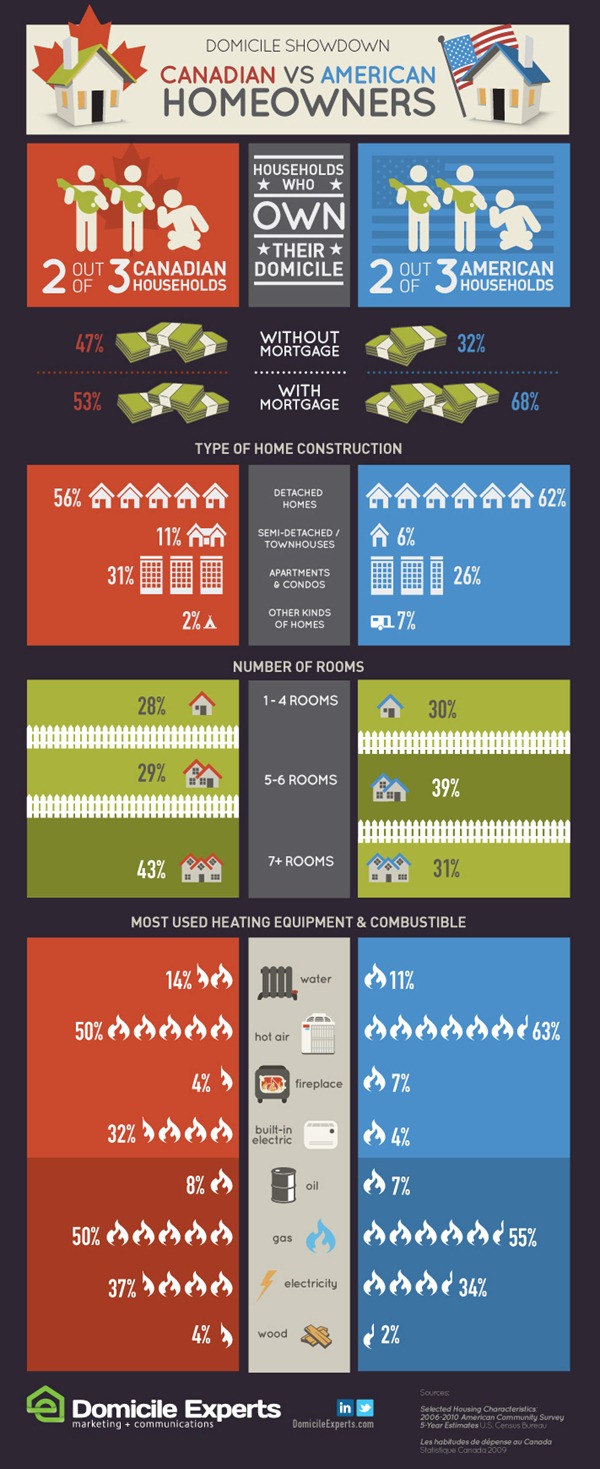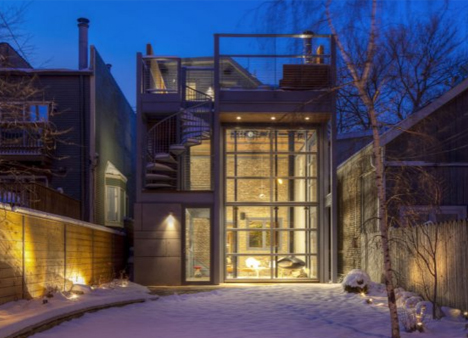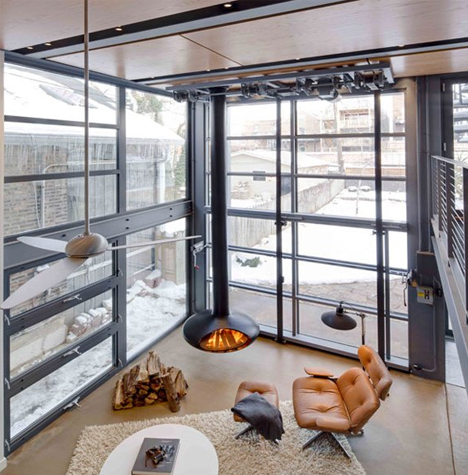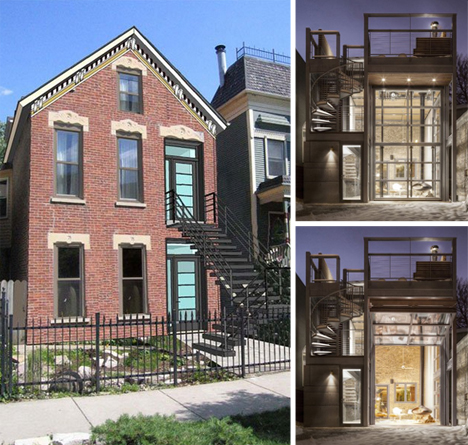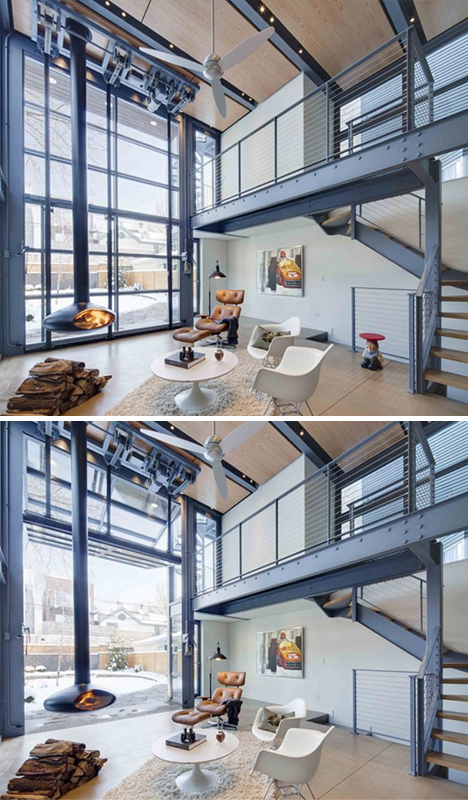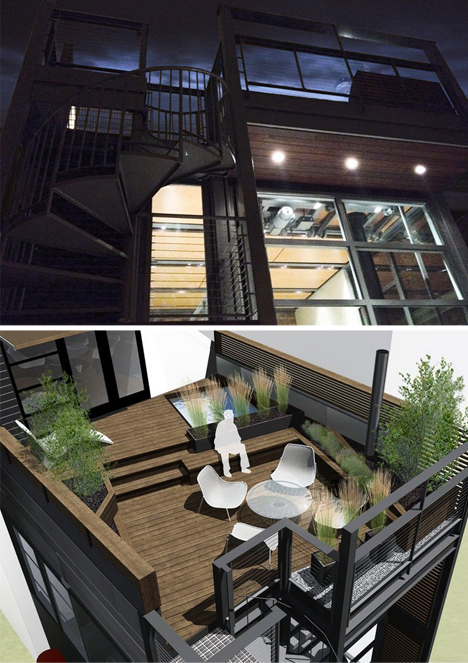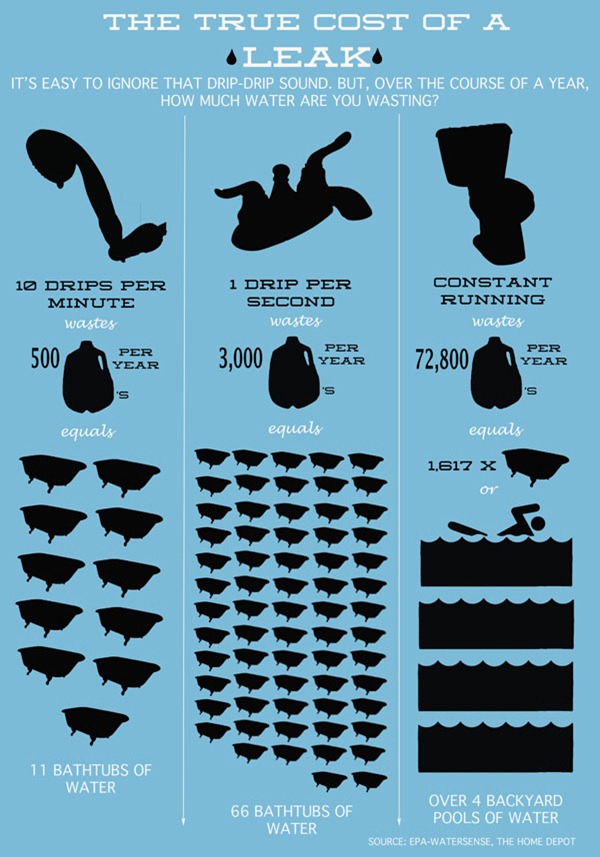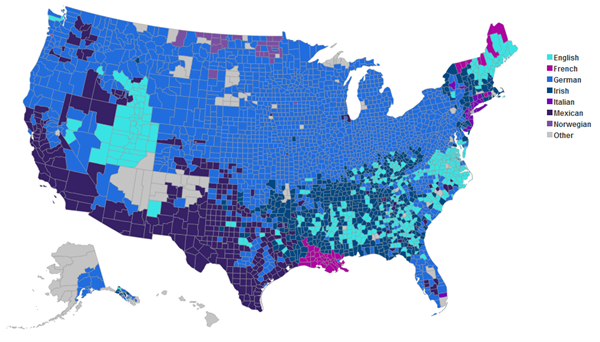 Home improvement trends embrace energy efficiency, low maintenance exteriors, and double-duty space.
Home improvement trends embrace energy efficiency, low maintenance exteriors, and double-duty space.
Trend #1: Maintenance-free siding
We continue to choose maintenance-free siding that lives as long as we do, but with a lot less upkeep. But more and more we’re opting for fiber-cement siding, one of the fastest-growing segments of the siding market. It’s a combination of cement, sand, and cellulosic fibers that looks like wood but won’t rot, combust, or succumb to termites and other wood-boring insects.
At $5 to $9 per sq. ft., installed, fiber-cement siding is more expensive than paint-grade wood, vinyl, and aluminum siding. It returns 78% of investment, the highest return of any upscale project on Remodeling magazine’s latest Cost vs. Value Report.
Maintenance is limited to a cleaning and some caulking each spring. Repaint every 7 to 15 years. Wood requires repainting every 4 to 7 years.
Trend #2: Convertible spaces
Forget “museum rooms” we use twice a year (dining rooms and living rooms) and embrace convertible spaces that change with our whims.
Foldaway walls turn a private study into an easy-flow party space. Walls can consist of fancy, glass panels ($600 to $1,600 per linear ft., depending on the system); or they can be simple vinyl-covered accordions ($1,230 for 7 ft. by 10 ft.). PortablePartions.com sells walls on wheels ($775 for approximately 7 ft. by 7 ft.).
A Murphy bed pulls down from an armoire-looking wall unit and turns any room into a guest room. Prices, including installation and cabinetry, range from $2,000 (twin with main cabinet) to more than $5,000 (California king with main and side units). Just search online for sellers.
And don’t forget area rugs that easily define, and redefine, open spaces.
Trend #3: A laundry room of your own
Humankind advanced when the laundry room arose from the basement to a louvered closet on the second floor where clothes live. Now, we’re taking another step forward by granting washday a room of its own.
If you’re thinking of remodeling, turn a mudroom or extra bedroom into a dedicated laundry room big enough to house the washer and dryer, hang hand-washables, and store bulk boxes of detergent.
Look for spaces that already have plumbing hookups or are adjacent to rooms with running water to save on plumbing costs.
Trend #4: Souped-up kitchens
Although houses are trending smaller, kitchens are getting bigger, according to the American Institute of Architects’ Home Design Trends Survey.
Kitchen remodels open the space, perhaps incorporating lonely dining rooms, and feature recycling centers, large pantries, and recharging stations.
Oversized and high-priced commercial appliances—did we ever fire up six burners at once?—are yielding to family-sized, mid-range models that recover at least one cabinet for storage.
Since the entire family now helps prepare dinner (in your dreams), double prep sinks have evolved into dual-prep islands with lots of counter space and pull-out drawers.
Trend #5: Energy diets
We’re wrestling with an energy disorder: We’re binging on electronics—cell phones, iPads, Blackberries, laptops–then crash dieting by installing LED fixtures and turning the thermostat to 68 degrees.
Are we ahead of the energy game? Only the energy monitors and meters know for sure.
These new tracking devices can gauge electricity usage of individual electronics ($20 to $30) or monitor whole house energy ($100 to $250). The TED 5000 Energy Monitor ($240) supplies real-time feedback that you can view remotely and graph by the second, minute, hour, day, and month.
Trend #6: Love that storage
As we bow to the new god of de-clutter, storage has become the holy grail.
We’re not talking about more baskets we can trip over in the night; we’re imagining and discovering built-in storage in unlikely spaces–under stairs, over doors, beneath floors.
Under-appreciated nooks that once displayed antique desks are growing into built-ins for books and collections. Slap on some doors, and you can hide office supplies and buckets of Legos.
Giant master suites, with floor space to land a 747, are being divided to conquer clutter with more walk-in closets.
Trend #7: Home offices come out of the closet
Flexible work schedules, mobile communications, and entrepreneurial zeal are relocating us from the office downtown to home.
Laptops and wireless connections let us telecommute from anywhere in the house, but we still want a dedicated space (preferably with a door) for files, supplies, and printers.
Spare bedrooms are becoming home offices and family room niches are morphing into working nooks. After a weekend of de-cluttering, basements and attics are reborn as work centers.




